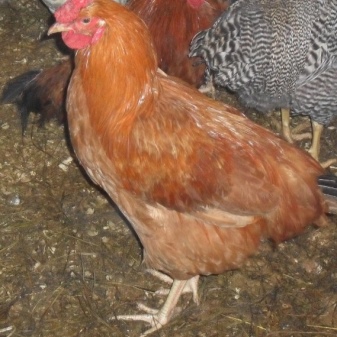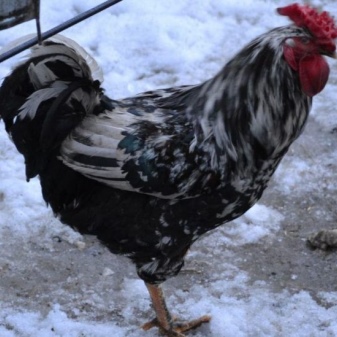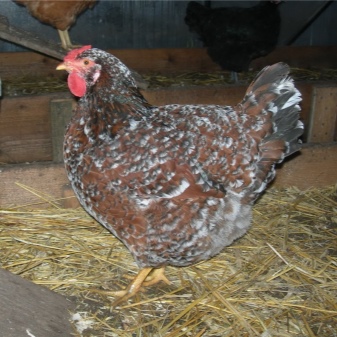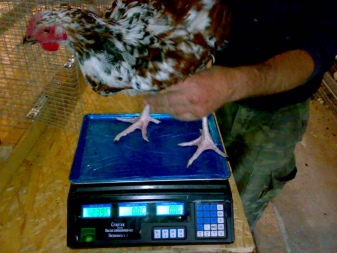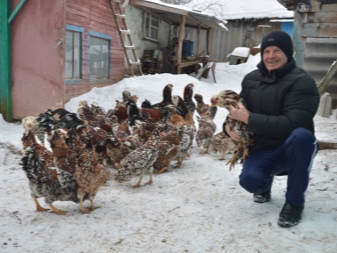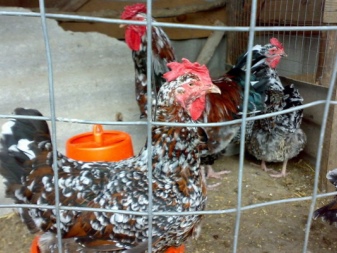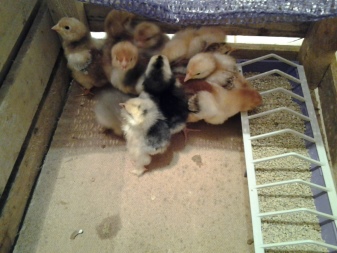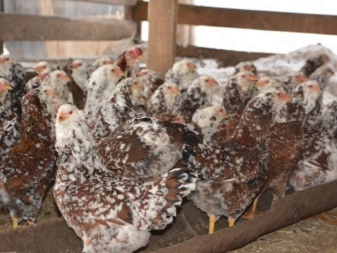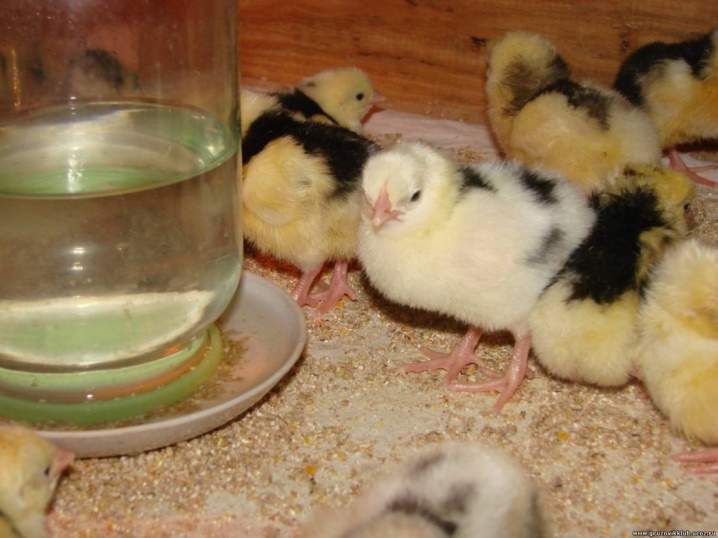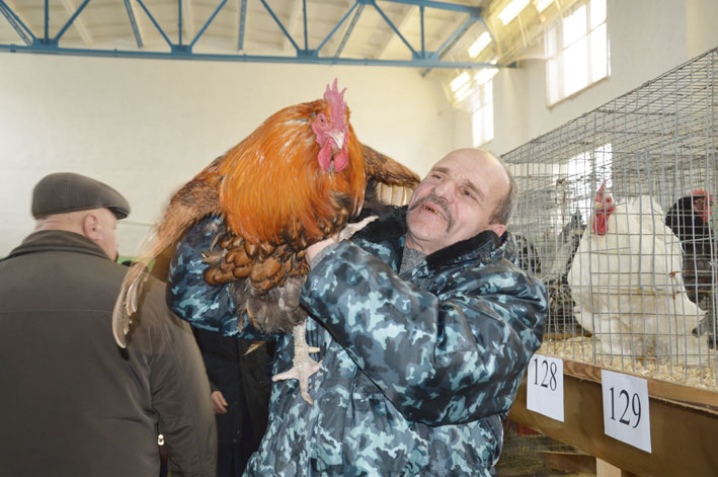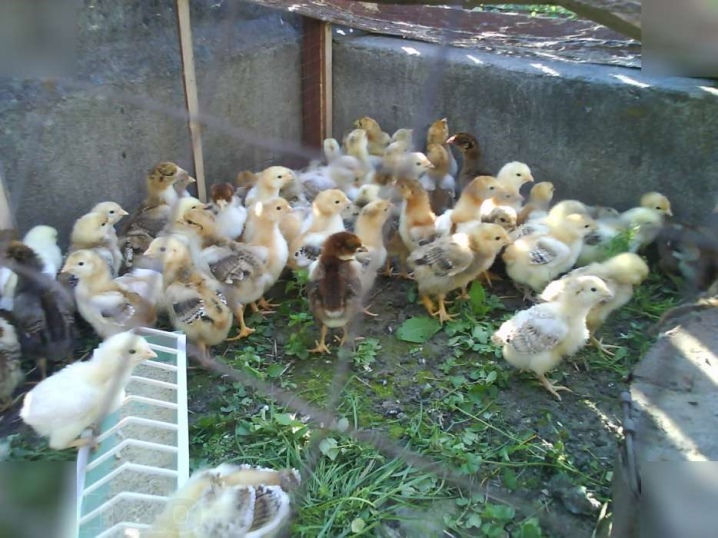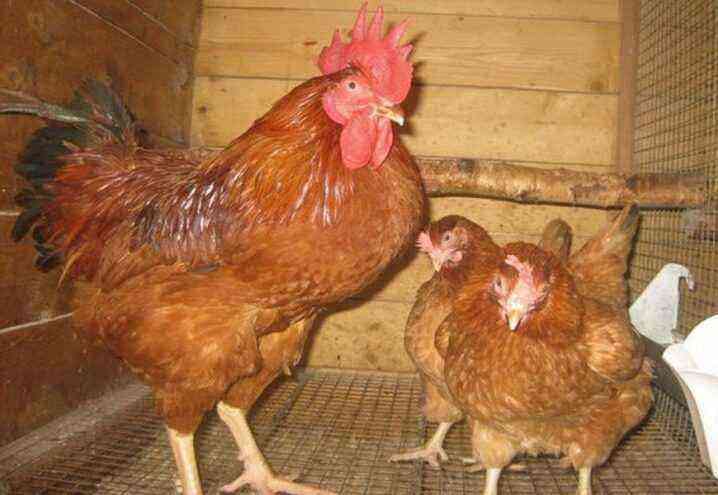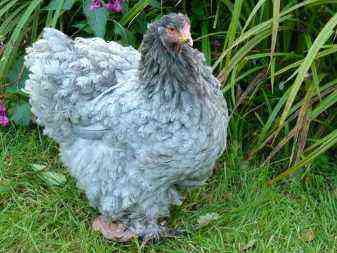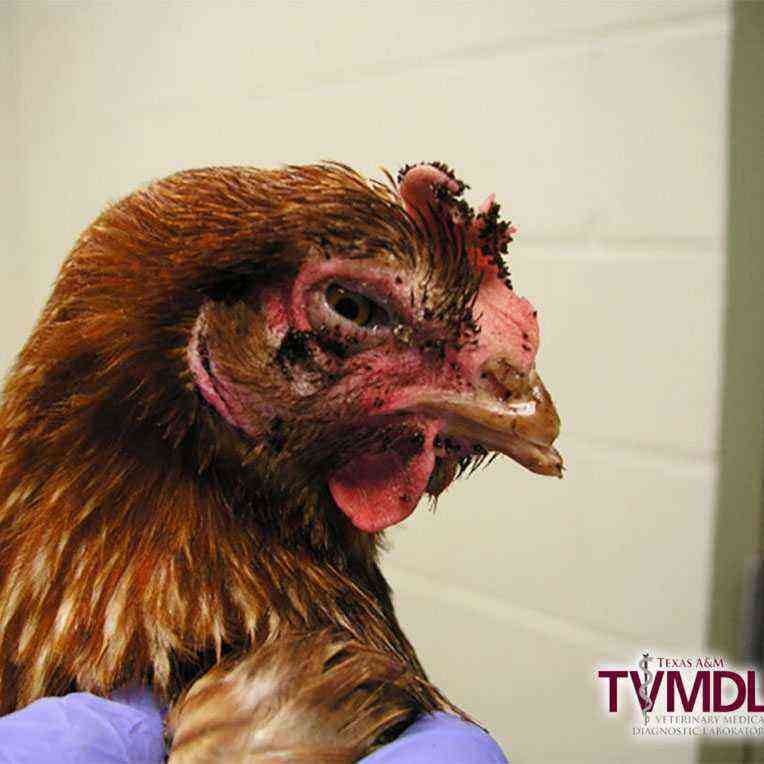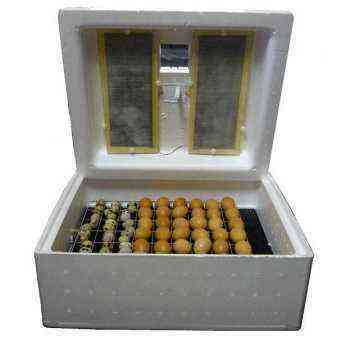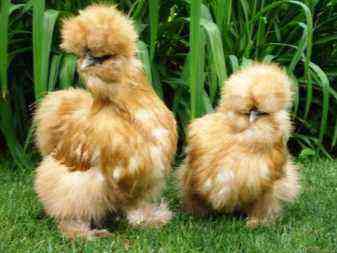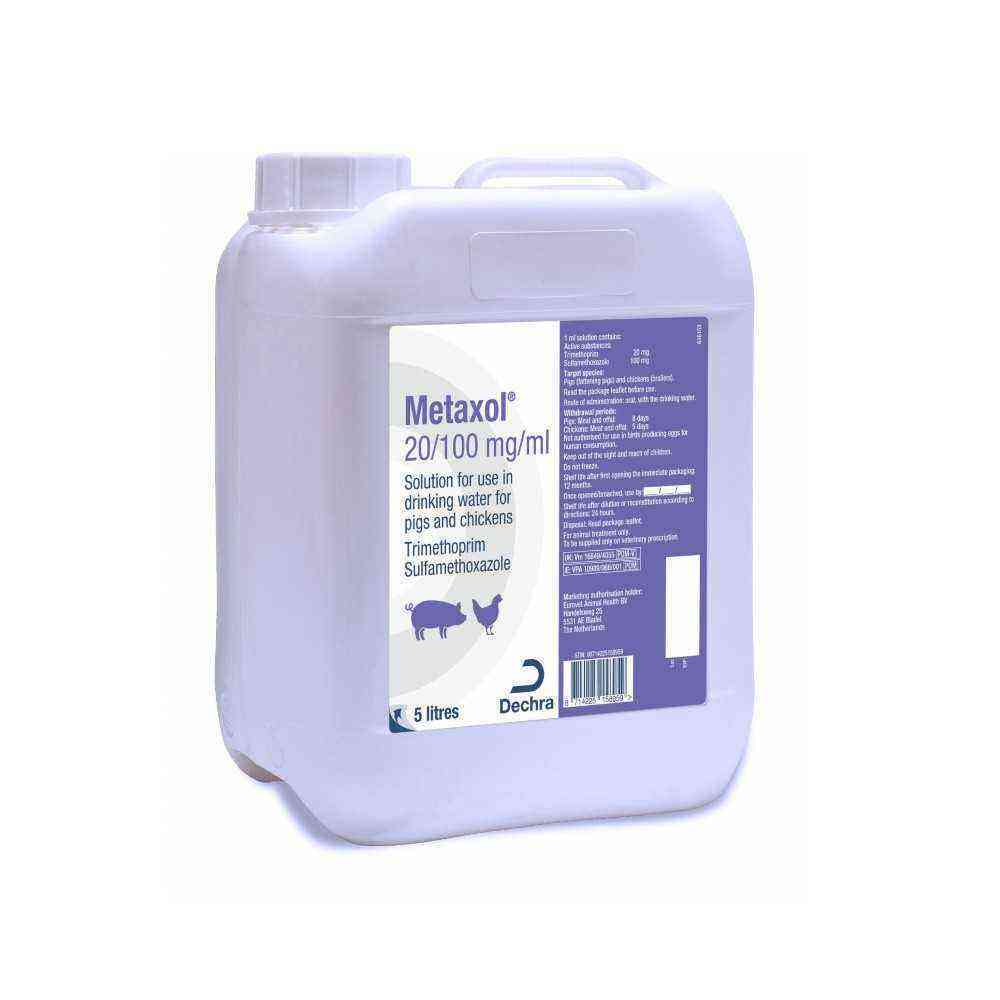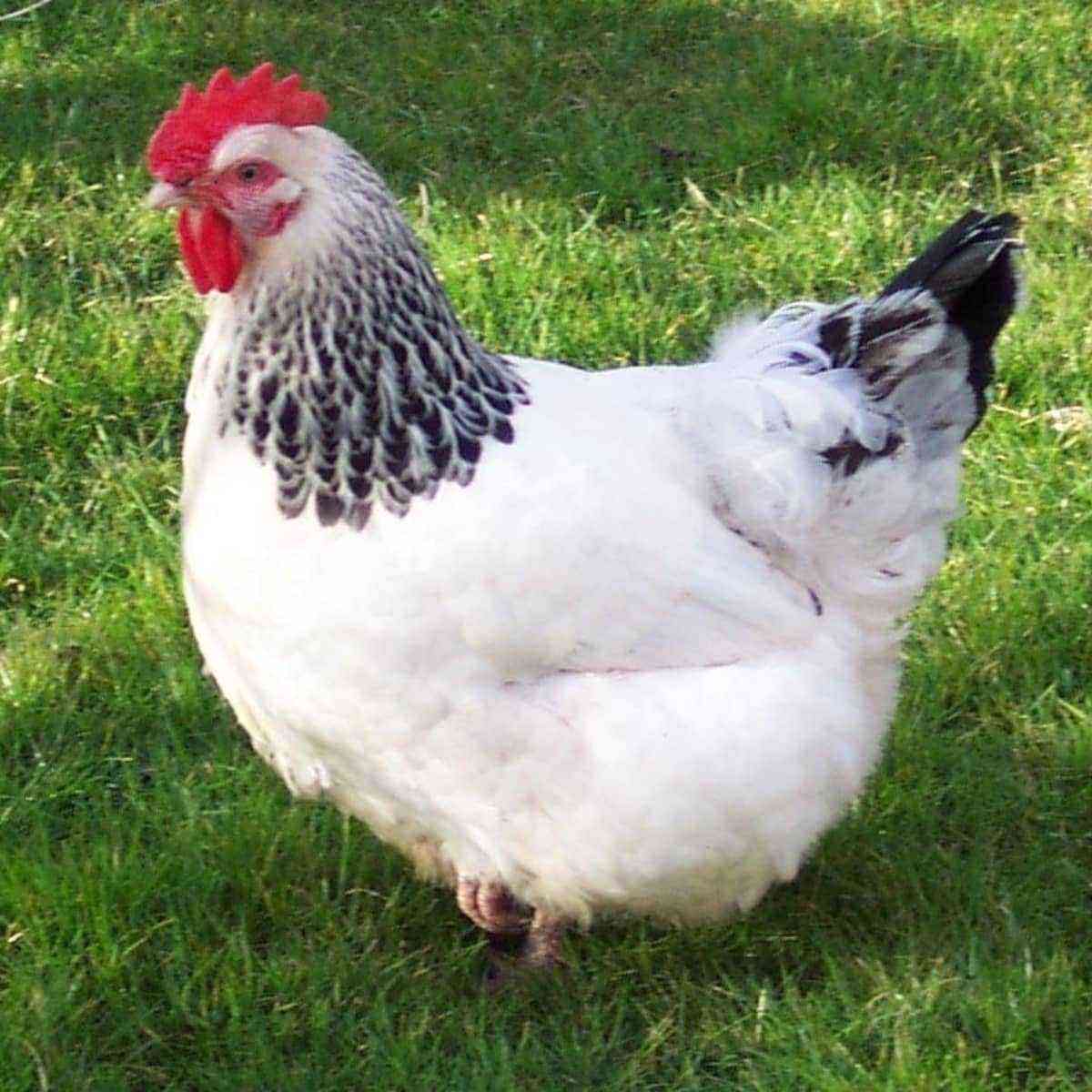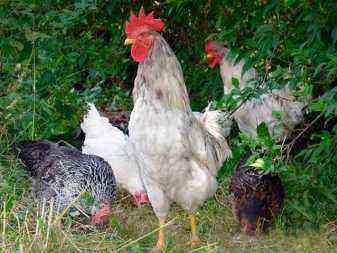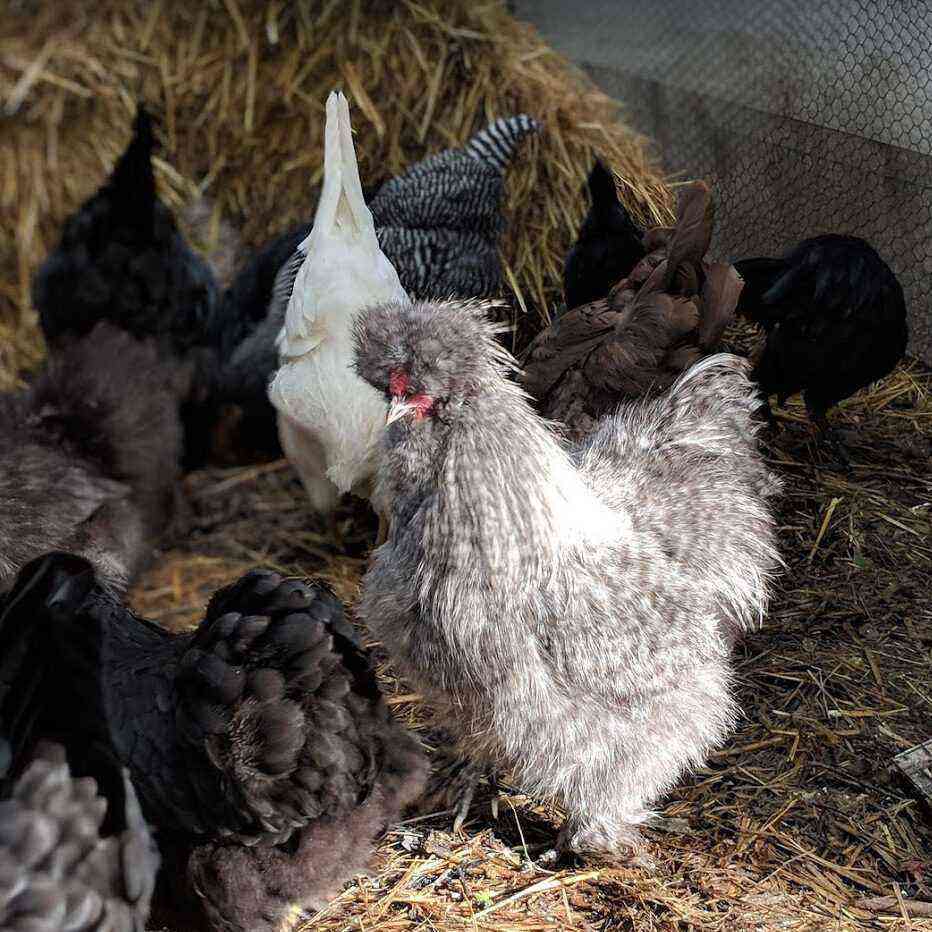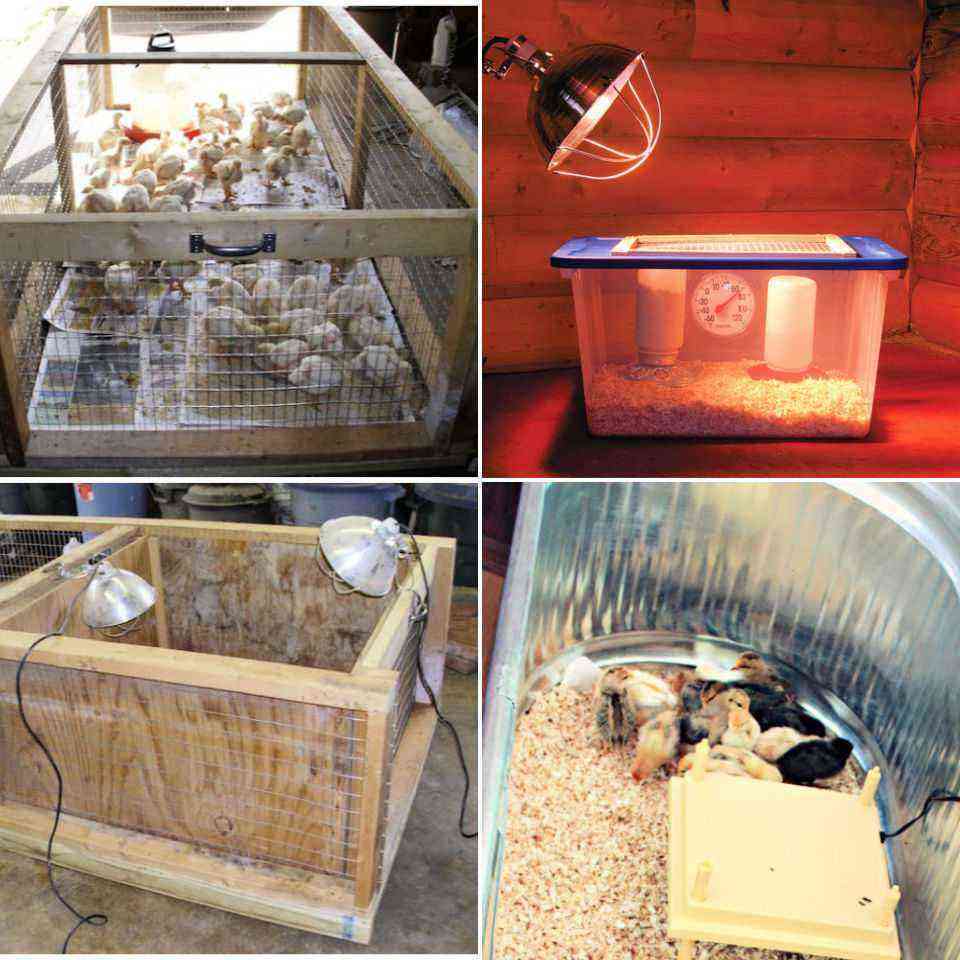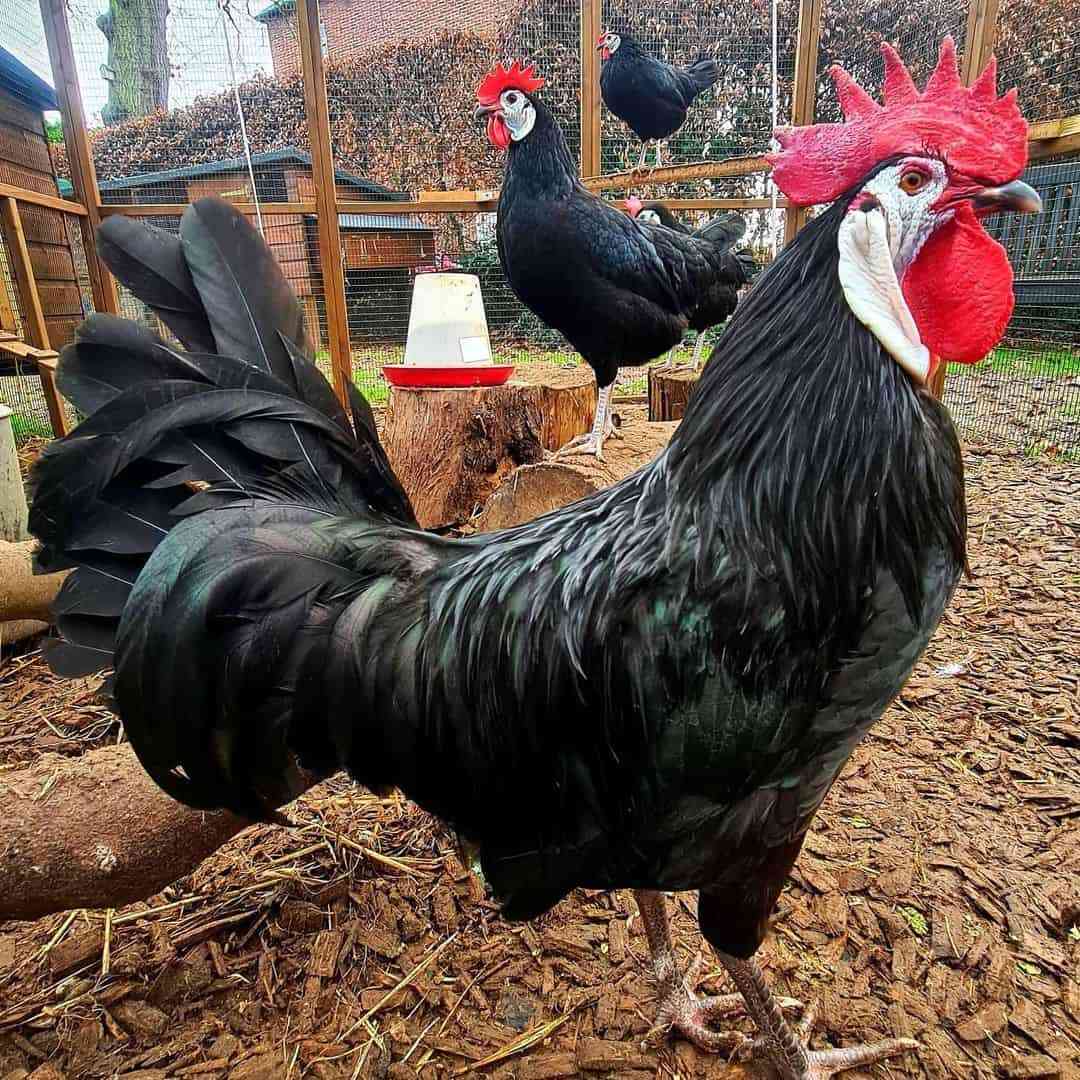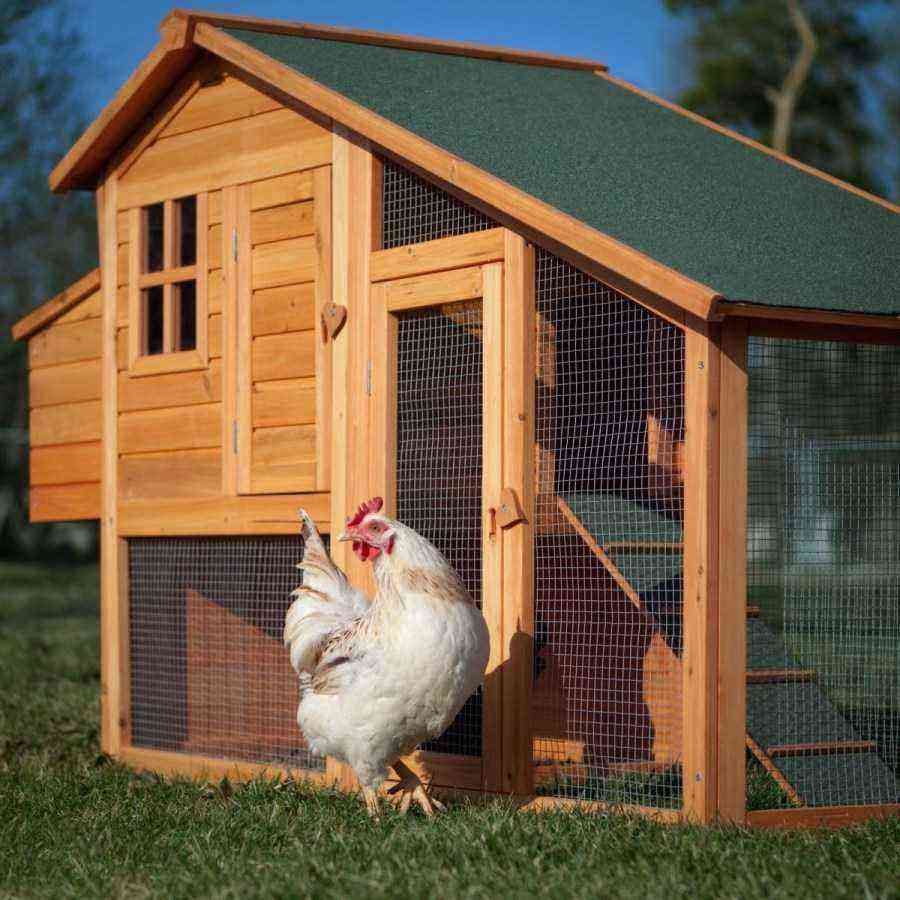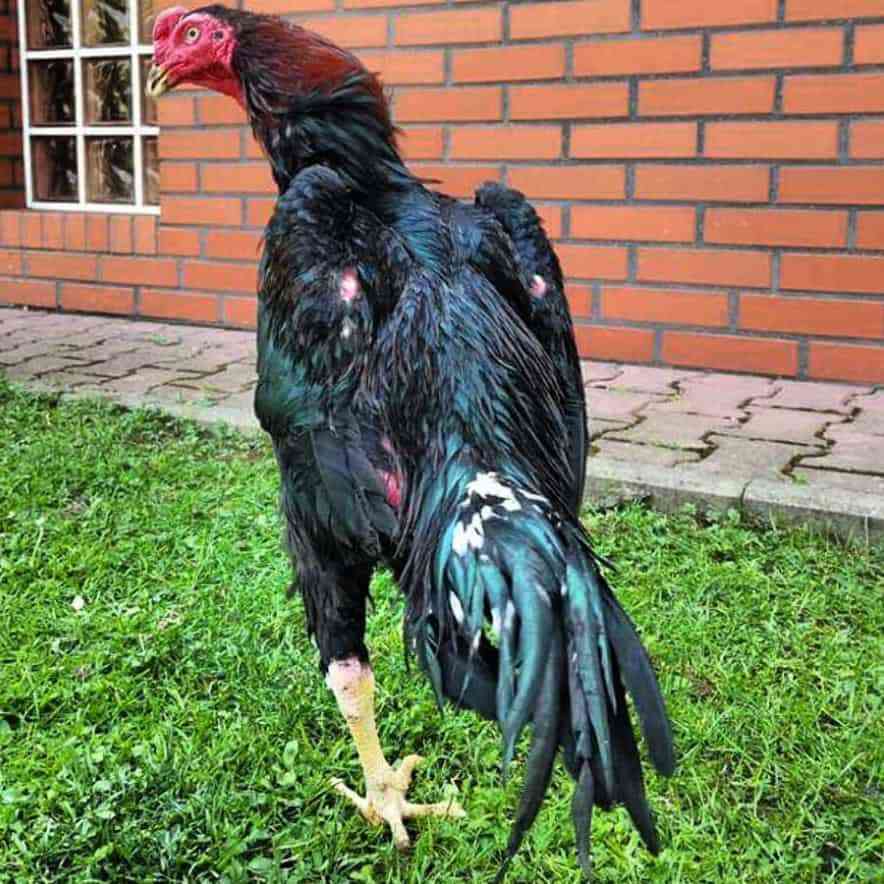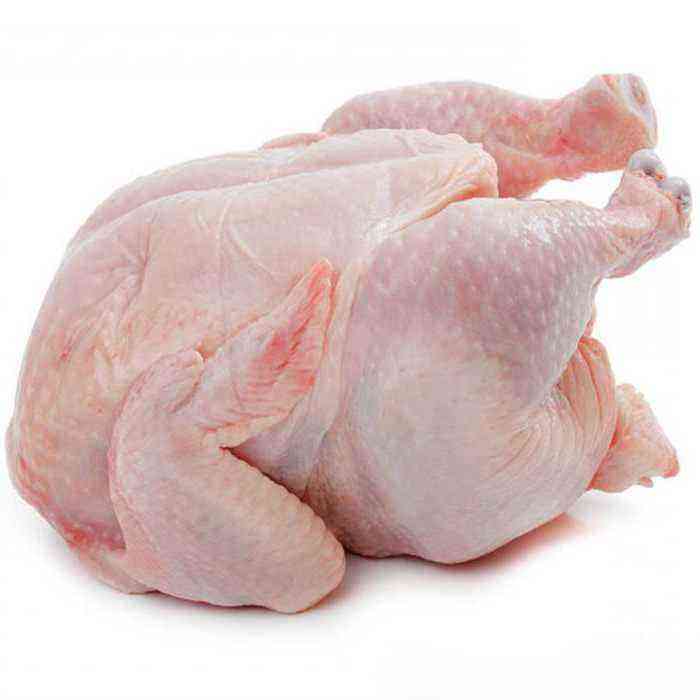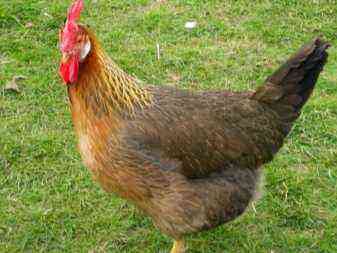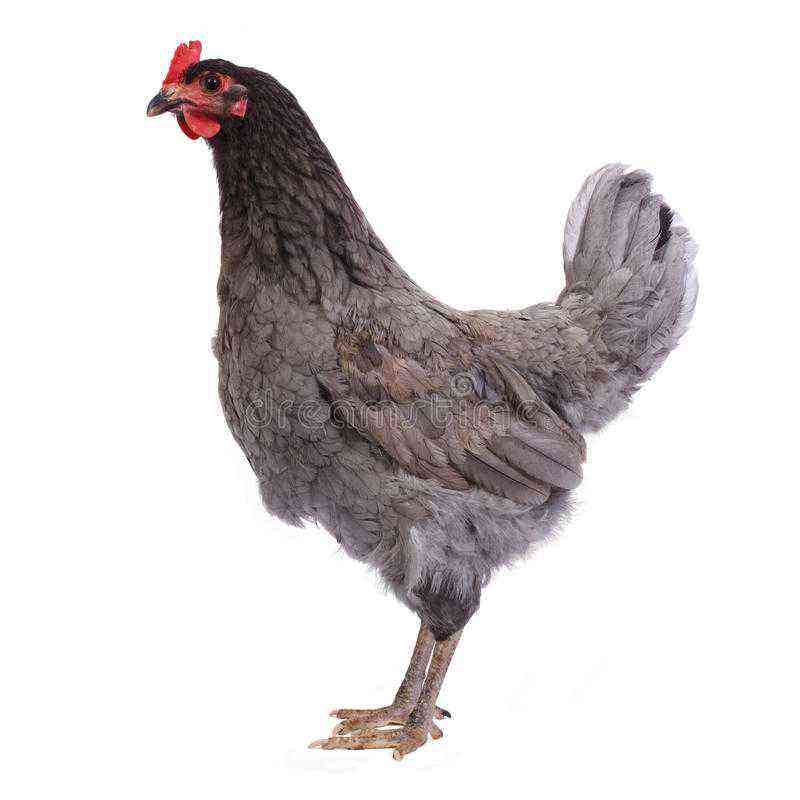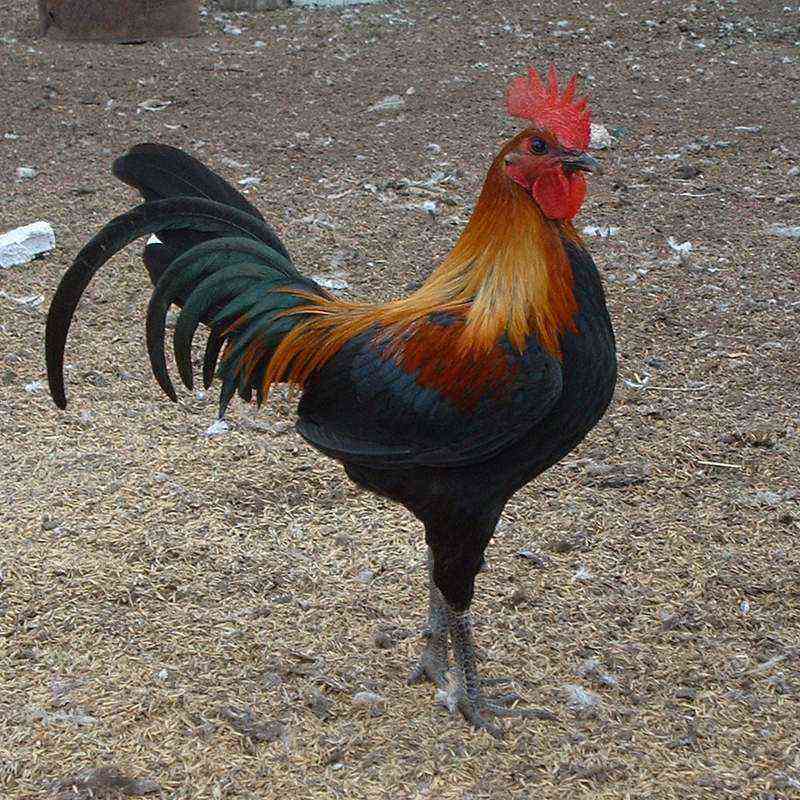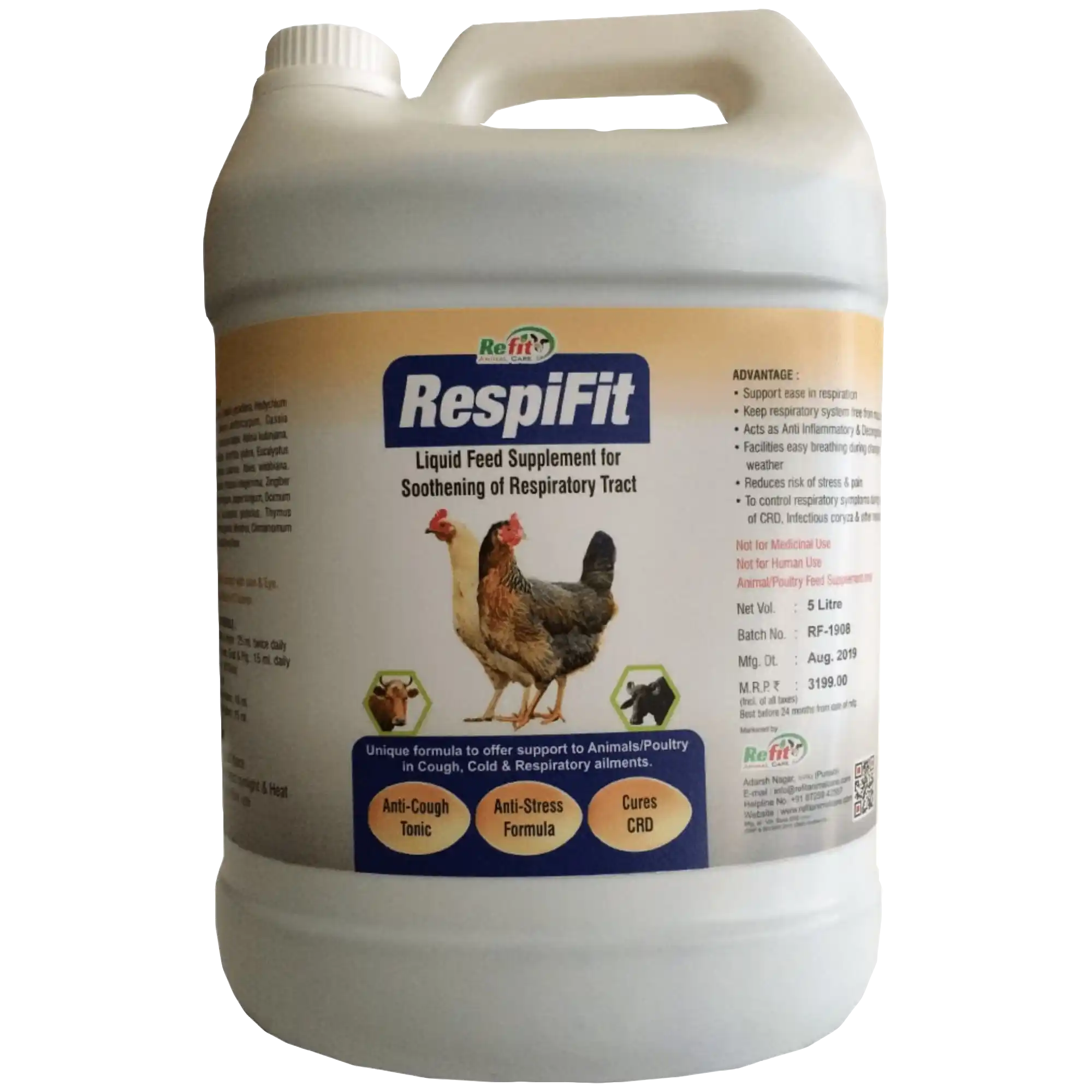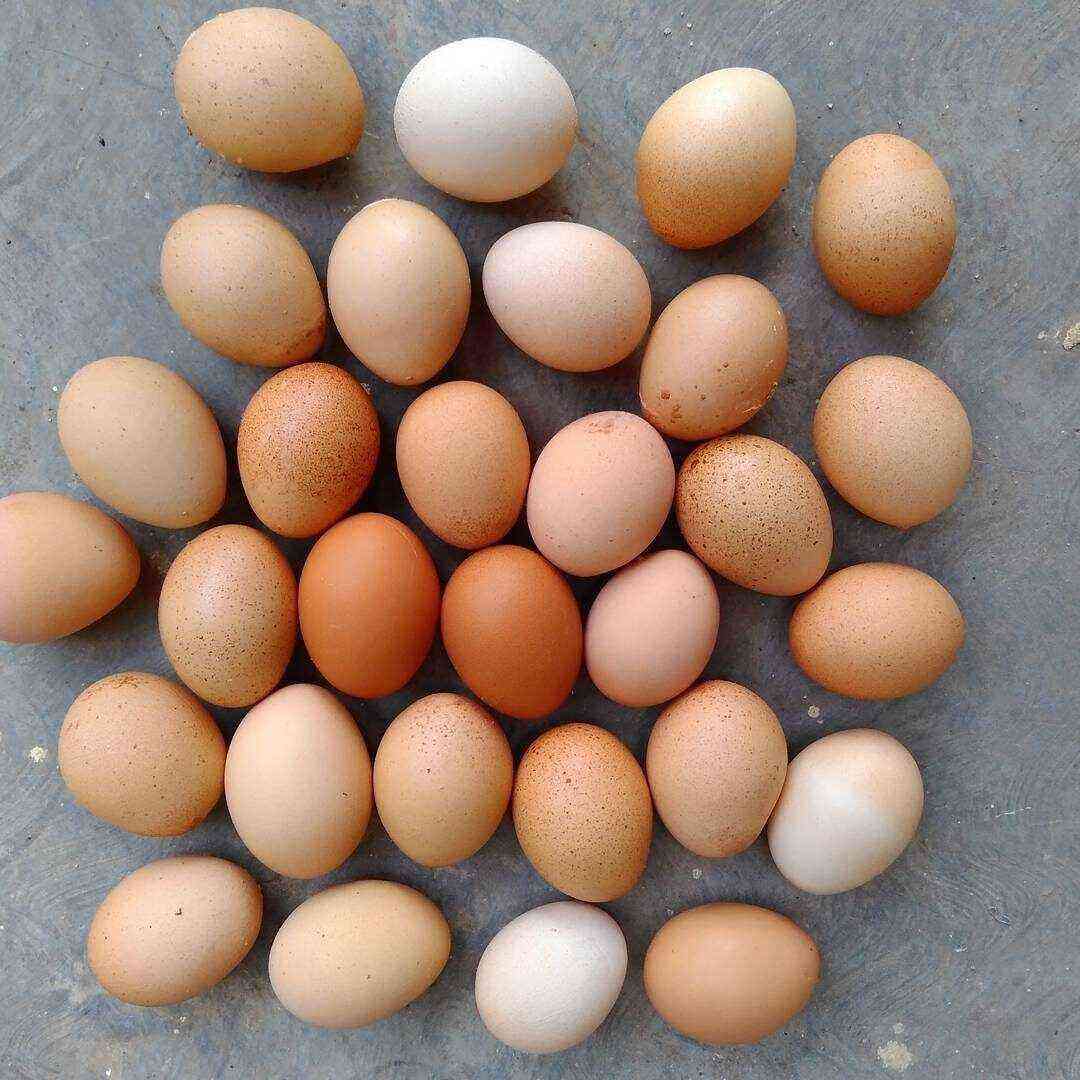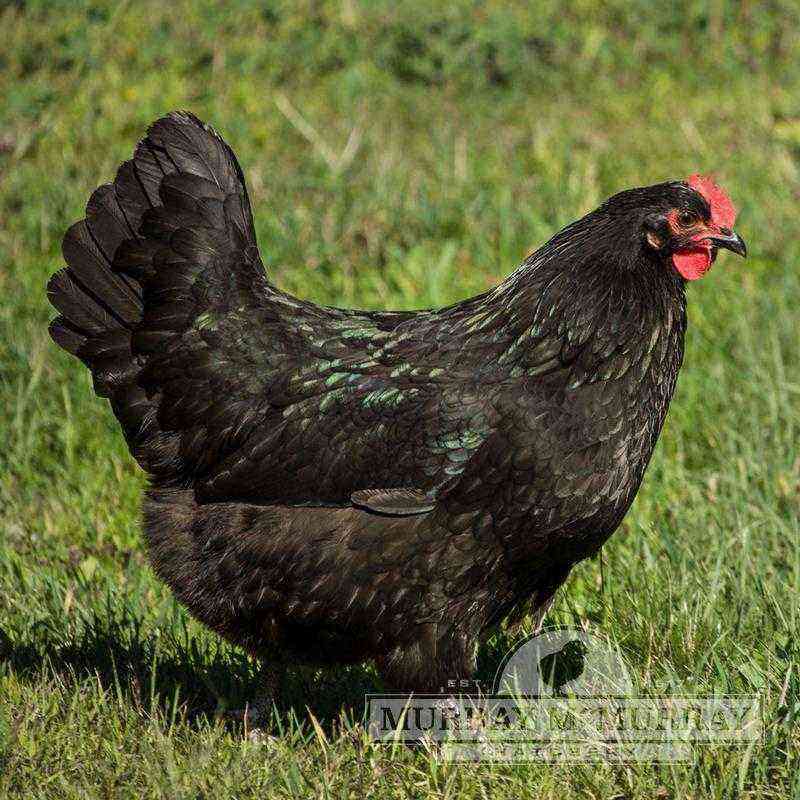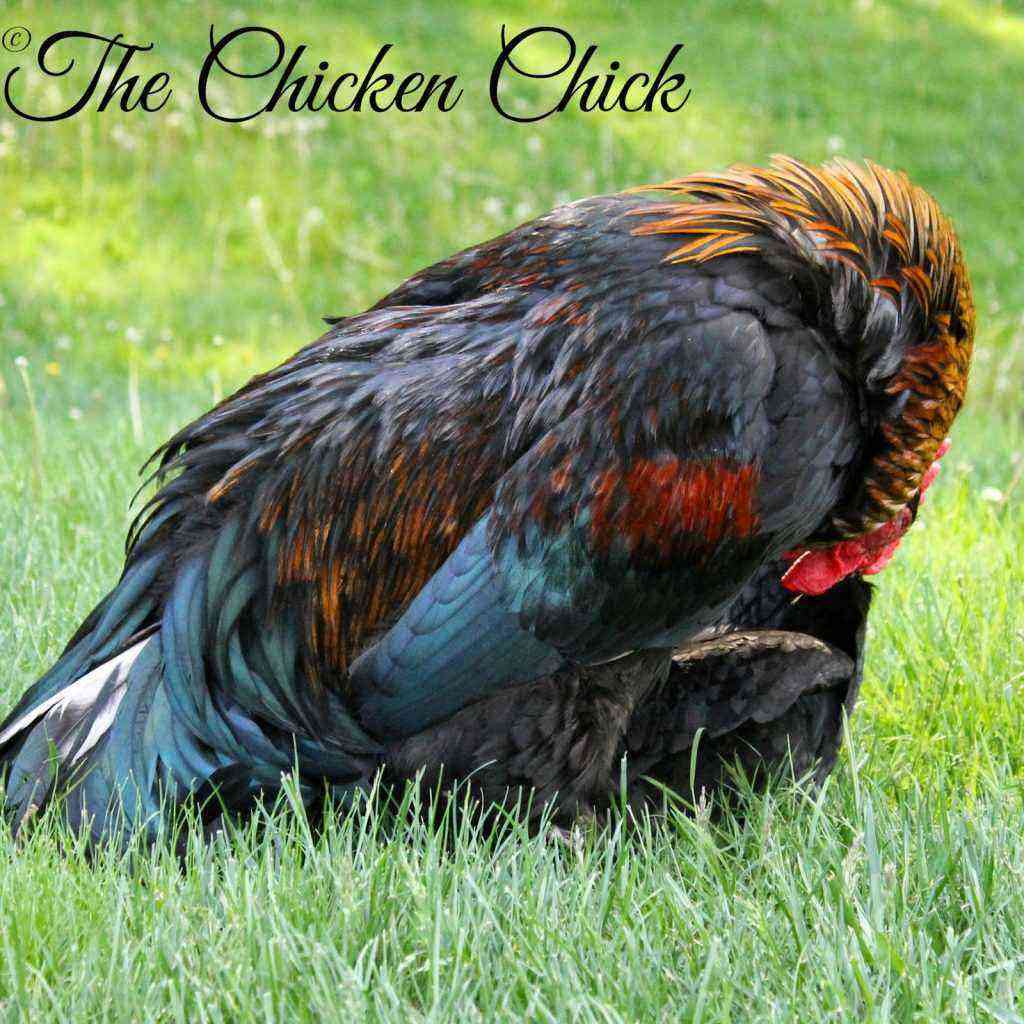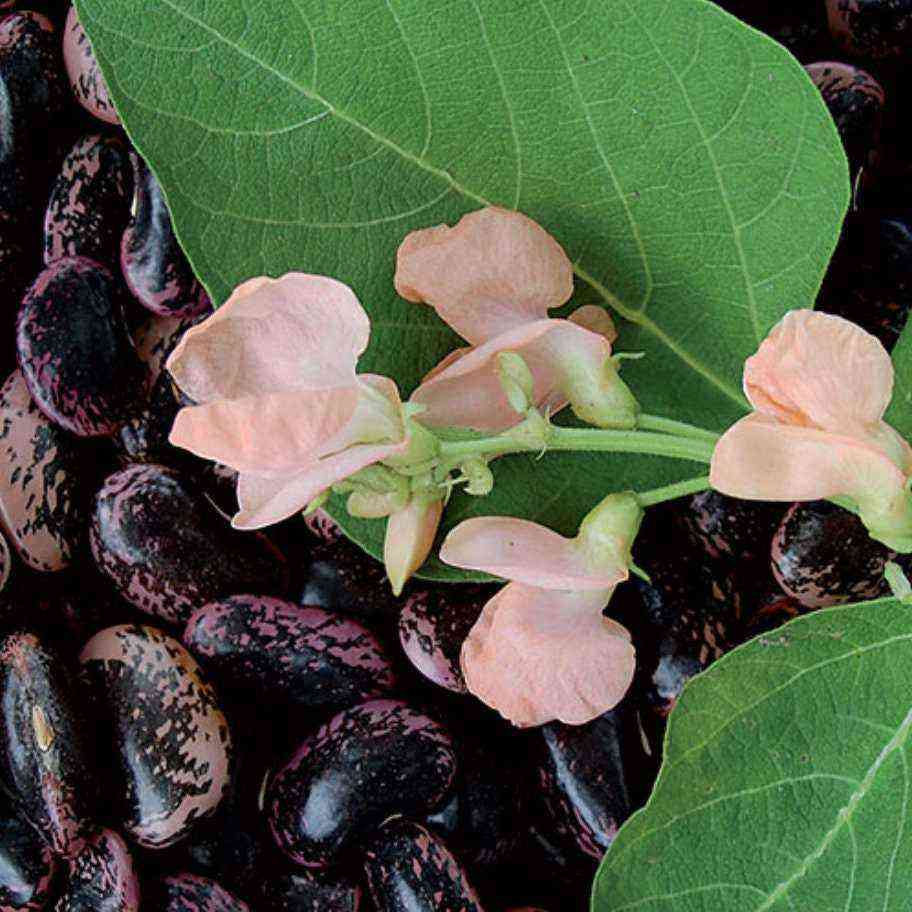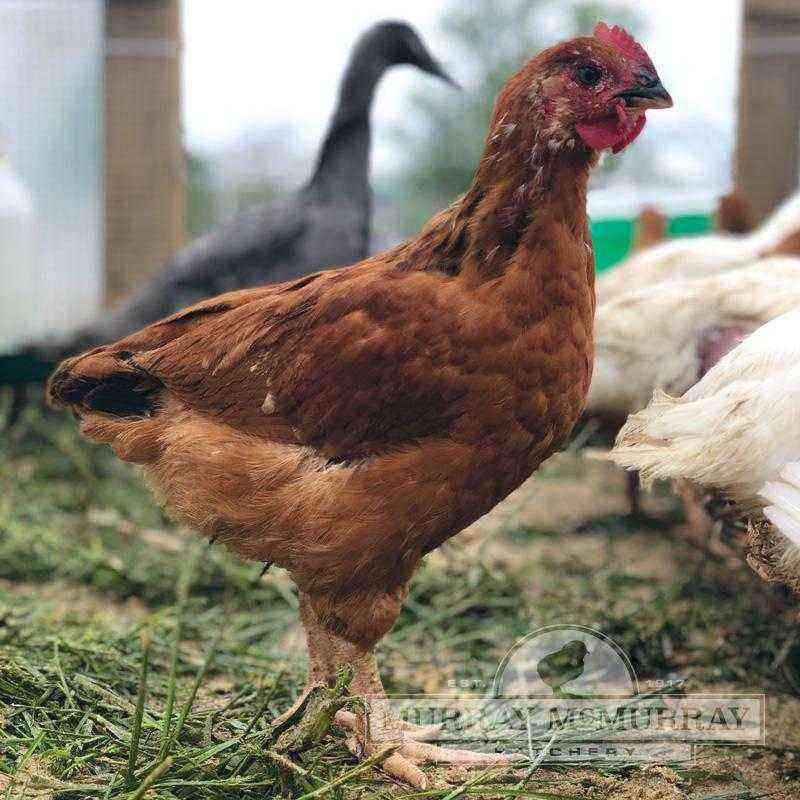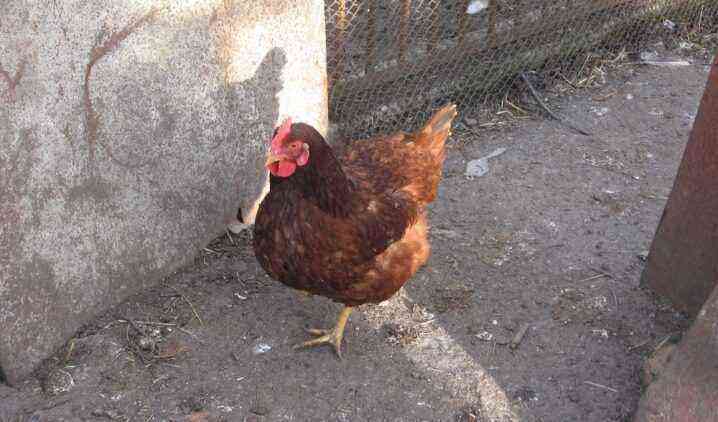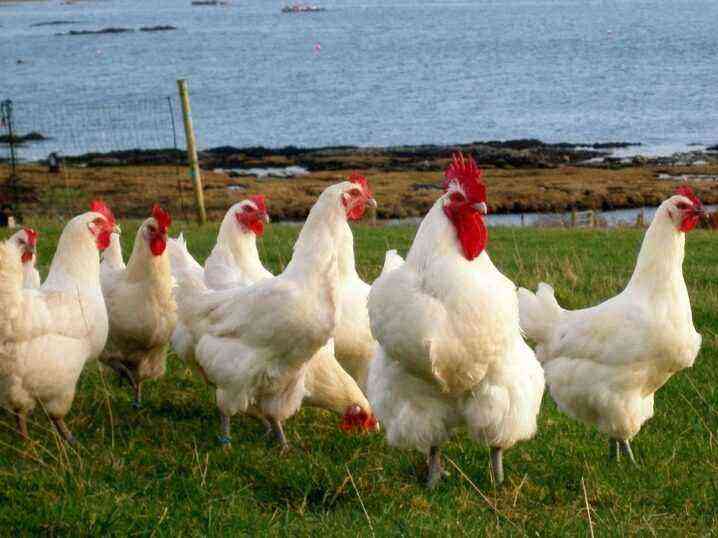Specialists and amateurs know about many breeds of chickens that were bred by crossing, domestication. Most varieties of chickens are bred by professional breeders, but there are a small number of breeds that owe their appearance to amateurs. The modern Liven chicken was bred by breeders, but they just restored the once bred folk variety.
Historically, Liven chickens appeared in small farms in Russia in the XNUMXth century, their characteristics were quite good for that time, but at the beginning of the XNUMXth century they began to lose in terms of parameters to other breeds. Nevertheless, it was possible to slightly modify it, taking into account the requirements of the time, and save it.
Inference history
The name of the breed is consonant with the county of the Oryol province, in which they were bred for the first time – Livensky. A breed of domestic birds was bred here, which were very distinguished by their large weight, excellent egg production. The peasants, who have vast experience in maintaining poultry yards, but do not have experience in breeding, nevertheless managed to breed Liven chickens – a very high-quality variety of poultry. Throughout the XNUMXth and early XNUMXth centuries, Liven chickens were an indispensable attribute of Russian peasant households and even poultry farms. However, after the war, the breed was almost irretrievably lost.
Modern Liven chickens, which are also called chintz, are not so common. Sometimes they are called Poltava chickens, it was there, in Ukraine, that the folk breed was restored. True, she no longer has a chintz type of color, but the characteristics almost completely coincide, although they are somewhat improved.
Description
The direction of breeding breed – meat and egg. Characteristics differ depending on the sex of the bird.
- Chickens weigh approximately 3,5 kg. The color is very unusual – each feather has a different color. All these spots together form an unusually effective composition. The body of the chicken has an elongated shape, rather strong, the crest is rose-shaped or leaf-shaped. Not all, but plumage on the limbs and a crest on the head are common.
- The males of Liven chickens are larger, the body is more powerful, more massive, the average weight is 4,5 kg. The most unusual detail of appearance is a luxurious tail, located at a right angle to the body, with perfectly developed pigtails. The plumage is yellow and black, impurities of gold and silver can be observed. The feathers on the neck are of a very thick and dense type. The head is small, the crest is proportional in the form of a leaf.
As far as character is concerned, these birds are not cocky, calm, friendly. By temperament, they are rather phlegmatic, inactive and not too active. Birds are not loud, rather they are silent, you can sleep peacefully in the morning, they will not wake you up with screams. Therefore, they practically do not cause inconvenience to their owners, it is not difficult to maintain them.
The nature of the chickens is not shy, they get used to the owners, they can even determine it by voice. Unlike females, roosters are more cocky, aggressive and able to fight even with a person, this feature must be taken into account.
Liven chickens are able to communicate with each other in the same way as many other breeds. Experts identify several dozen sounds that chickens make, and they all mean something – usually a certain action. So they call someone or report a laid egg.
Puberty in this breed is quite early, which increases the process of fertility. If all the conditions are organized correctly, then they can start laying eggs immediately after six months of age.
Advantages and disadvantages
Like any other breed, Liven chickens have a number of significant advantages and disadvantages. The pluses include:
- non-capriciousness, undemanding in care, maintenance;
- there are practically no gourmets, they eat very well, which leads to rapid weight gain;
- high quality of meat, eggs, large quantity and excellent taste of products;
- year-round egg production, well-developed hatching instinct, hens are very caring, which simplifies the care of chickens.
Among the minuses are the following:
- pugnacious nature of males, aggression against birds of other breeds;
- the breed is not too widespread, it is quite difficult to find such chicks
How to contain?
Despite the undemanding content, there are nuances that you should definitely take into account. First of all, you need to think about arranging a closed chicken coop for overnight stays and an open area for walking. Liven chickens tolerate cold quite well, so the room may not be heated, however, too low temperatures should not be allowed, the minimum allowable mark is 5 ° C.
The house should be well ventilated, it is better to cover the floor with bedding, which is changed regularly. As a material, as a rule, straw, hay, shavings are used. Dirt should not be allowed in the poultry house, this will provoke the growth of infectious diseases.
Since rainflies are flyers by nature, pens must be fenced high, otherwise they will fly over low fences. In addition, given the nervous disposition of roosters, it is best to keep the family of this breed separate from other birds. They do not have strife within the family.
A very important point is nutrition, it must be complete, balanced and take into account the age of the feathered individual. The most problematic category is chickens. Within 10-12 hours after birth, they need to be fed. During the first week, babies need to receive food every 2 hours, regardless of the time of day. A mandatory procedure before going to bed is to check the goiter, it must be complete, or you still need to feed individual chickens.
For feeding babies use:
- finely ground corn grits;
- boiled chicken yolk;
- semolina of dry type;
- greenery;
- special feed mixtures.
Boiled nettles are well suited as greens.
When the young grow up, other products can be introduced. An approximate balanced diet includes:
- cells, millet, other cereals;
- boiled vegetables, for example, grated potatoes and carrots;
- special combined food according to age;
- cottage cheese, kefir products;
- chopped green onion.
As they grow older, the diet changes only by adding new types of cereals, soaked bread, and boiled fish. The number of meals gradually changes downward – up to 5 times a day. Upon reaching the month, the grain component becomes the basis of the diet. Choose a coarse grind first, then a whole grain.
Monthly chickens like to walk, so pasture in the form of greens also enters the diet.
It is equally important to provide babies with fresh water.. It must be constantly present in containers in the public domain and changed regularly. And also put a container filled with shells, sand and gravel in the house. After three months of age, chickens switch to an adult diet, but there should still be more meals than adults – 4 times a day.
Adults of this breed are not particularly whimsical in food, however, if you want the bird to develop well, you need to organize proper nutrition. Three meals a day are recommended, it is very comfortable to transfer the bird to specialized feeds. The disadvantage of such food is the price, it is not always profitable. Meals can be organized as follows:
- in the summer, focus on pasture: insects, seeds, grasses;
- in the cold months, form a quality diet, which will include a grain component, combined feed, vitamin complexes, germinated grain, chopped vegetables and meat and vegetable type waste, all this in a boiled form.
Another way to feed is wet formulas made by hand. They include: potatoes, greens, crackers soaked in sour milk, chalk, shells, cabbage and carrots.
All this is given in crushed form, mixing wet and dry products. You can feed the bird with such mash all year round.
However, keep in mind that in the summer they deteriorate quickly, so after 3 hours you need to empty the feeders if the mixture remains uneaten. The food cannot be used again, it is thrown away, food containers are thoroughly washed. This will avoid poisoning and various kinds of disorders.
The maintenance of livenets also includes the prevention and fight against various diseases. Despite excellent immunity, birds can become infected and get sick, especially if the care is carried out with violations. To prevent this from happening, it is necessary to observe preventive measures:
- prevent contact with wild representatives of birds, it can be sparrows, pigeons, other birds;
- disinfect the room where the birds are kept regularly, for this, preparations of chlorine, iodine, hydrogen peroxide are used;
- change the water to fresh every day;
- periodically subject the birds to inspection, special attention is paid to feathers in which insects start;
- closely monitor how the birds behave, alarming factors should be noticed in time.
If you suspect that your pet is ill, you must immediately wean it from other birds and take it to the veterinarian. Self-determination of diagnoses and choice of treatment is not recommended, it is better if the drugs are prescribed by a doctor.
Breeding
Breeding Liven birds is quite simple, especially since the hens are extremely caring and gifted with a strong incubation instinct. They do not leave the nest and chicks, they bring them out and raise them. Thus, the owners only need to provide food and quality living conditions.
Chicks of this breed are distinguished by their strong constitution and good health, so it is easy to raise them. In order for the chickens to develop faster, they are directed to a lamp with infrared radiation and do not turn it off during the day. When the time comes, the young animals are transferred to a standard combined or natural type of food, water and crushed grain should be constantly available to the kids.
An important fact is that during the incubation period, the weight of the eggs becomes less. The same applies to the number of eggs during the molting period, it is significantly reduced. As a rule, this is a period of deep autumn. Young growth brings not too large eggs of a small size. The first year of laying eggs brings no more than 80 pcs. weighing approximately 60 g. At a mature age, one chicken per year is capable of producing 200 eggs weighing up to 90 g.
The color of eggs has a light brown tint, very often they are two-yolk.
When purchasing Liven chickens for breeding, it should be borne in mind that this is an expensive pleasure. The cost of birds is quite high, in addition, it is not so easy to find them. It is necessary to contact only trusted nurseries and breeders, otherwise there is a chance to buy outbred individuals.
Reviews
The Livenskaya breed belongs to the small-scale, not all-Russian. Reviews of poultry on it, for the most part, are positive. The main controversy is the very question of origin and name. For example, many poultry houses believe that this species was not brought to the breed at one time, and is now called Poltava chintz chickens. With regard to productivity, maintenance and appearance, farmers are unanimous.
The taste of meat, the weight of the bird, the number of eggs brought make breeding chickens of this breed profitable. The maintenance does not require too serious investments, the birds rarely get sick, the survival rate of chickens is high.
Aesthetic qualities also do not cause any controversy, in contrast to the fixed characteristics of the breed. The dispute between poultry farmers does not subside, they operate with data from the archives, the opinions of eyewitnesses about the extinction of the Liven breed of chickens. However, despite this, everyone agrees that their egg production, size and taste of eggs are at the highest level.
For information on how to breed Liven chickens, see below.

